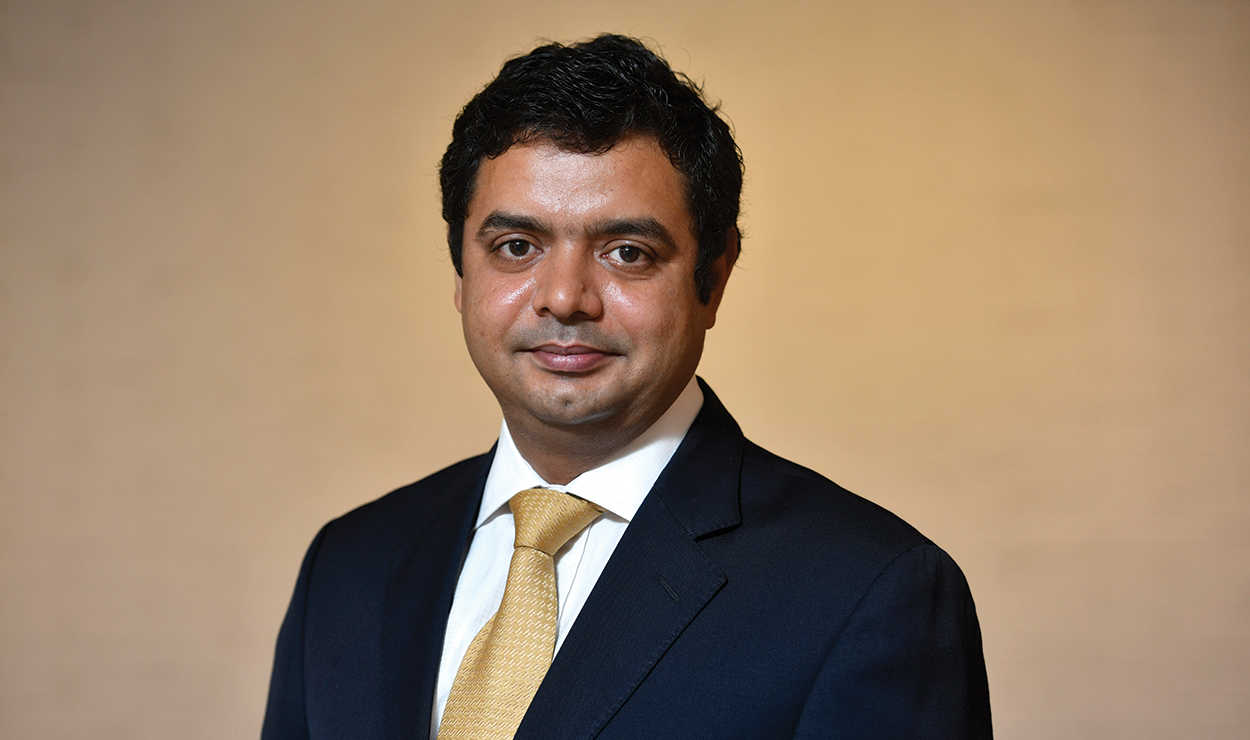
The government is coming up with a fresh tranche of Bharat 22 ETF for individual investors. The issue will be open to anchor investors on 3 October and other investors (such as individual investors) on 4 October. It has a base size of ₹2,000 crore with the government retaining the right to keep an unspecified additional amount in case of oversubscription. The minimum investment amount for individuals is ₹5,000, and they, along with other investor categories will get a discount of 3%.
Bharat 22 ETF invests in the 22 companies that comprise the S&P BSE Bharat 22 index—19 companies are in the public sector and three in the private sector. The private sector companies have a 39.4% weightage in the index. The largest sectoral allocation in the Bharat 22 index was towards industrials (22%), followed by finance (21%) and utilities (21%), as of 4 September. In terms of market capitalization, large-caps account for about 88% of the index. The five largest companies are L&T (16.7%), ITC (14.3%), SBI (9.4%), Axis Bank (8.4%) and NTPC (7.70%). The index has a sectoral cap of 20% and a single stock cap of 15%, which means that some of these exposures will have to be pruned. Rebalancing in the index takes place once a year in March.

The ETF is a relic of the failure of the erstwhile Unit Trust of India (UTI). The government split UTI into today’s UTI Mutual Fund and another vehicle called Specified Undertaking of the Unit Trust of India (SUUTI), which was given some shares held by UTI. Bharat 22 is the result of the government’s attempt to sell these SUUTI-owned shares. “There is no logical theme knitting together these companies other than the government’s need to divest," said Prateek Pant, co-founder and head products and solutions at Sanctum Wealth Management.
The ETF has been a losing proposition since the first tranche was issued in November 2017 with a 0.4% CAGR return (factoring in the 3% discount) against the 7.2% delivered by the Nifty 50 over the same period (as of 27 September). However, some fund managers have emphasized the valuation and discount benefits on offer. “ICICI Prudential-managed Bharat 22 ETF offers an attractive long-term investment opportunity to partake in the India growth story through diversified blend of companies spread across several sectors. These companies are available at attractive valuations, dividend yield and at a discount on the shares sold by the government during the Further Fund Offer 2," said S. Naren, executive director and chief investment officer, ICICI Prudential Asset Management Co. Ltd. As of 30 August, Bharat 22 ETF had a price-to-earnings ratio of 12 compared to 26.3 for the Sensex but much of this may simply be the result of a poor outlook for the companies in the ETF. Its dividend yield of 3.5% was higher than 1.2% offered on the Sensex, potentially for similar reasons.
The ETF’s 3% discount is being offered on the reference price which is the volume weighted average price on BSE on 4 October of the Bharat 22 index constituents. Similar discounts have been offered in the past. The opening issue in November 2017 had a discount of 3% and the first tranche after the issue in June 2018 had a discount of 2.5%. The next tranche in February 2019 had a discount of 5%. Investors in different tranches have fared differently. Inclusive of discounts, investors in the first three issues got returns of 0.40%, 3.60% and 12.50% compared to 7.20%, 7.10% and 8.20% on the Nifty 50 TRI (Total Returns Index), respectively. In other words, only those who entered in the most recent tranche have outperformed.
The government raised ₹14,500 crore from the ETF at the time of its launch, followed by ₹8,400 crore in June 2018 and ₹13,000 crore in February 2019. All this aggregates to ₹35,900 crore, but the current assets under management (AUM) of the scheme is just ₹6,769 crore, implying that most of the investment has been short-term in nature. Some of the AUM of the ETF comes from the Employees’ Provident Fund Organisation; if we strip that away, the investor portion will be even lower.
Should you invest?
“The fourth tranche of Bharat 22 has the tailwinds of privatization that the government is trying to do. This may lead to an overall re-rating of a lot of PSUs which are trading at very low valuations," said Gaurav Awasthi, senior partner, IIFL Wealth Management Ltd, a financial advisory firm. “The government’s thrust towards the investment cycle would also help the underlying portfolio which is skewed towards the theme," he added.
However, not all experts are as positive. “The purpose of ETF investing is to track well-established indices like the Nifty or Sensex and divestment ETFs like Bharat 22 do not satisfy this condition," said Pant. “Sophisticated alternative investment funds might invest to grab the discount but individual investors should not be tempted by this," he added.
Investors should note that the 3% discount on offer may be wiped out by a single day’s decline—the average daily movement in the ETF is 0.8% and several days have seen swings greater than 3%. In addition, there are transaction costs such as brokerage to consider as well as a 15% short-term capital gains tax on any money you make. Stay away from a risky short-term discount play.

Read the original article:
Mint
